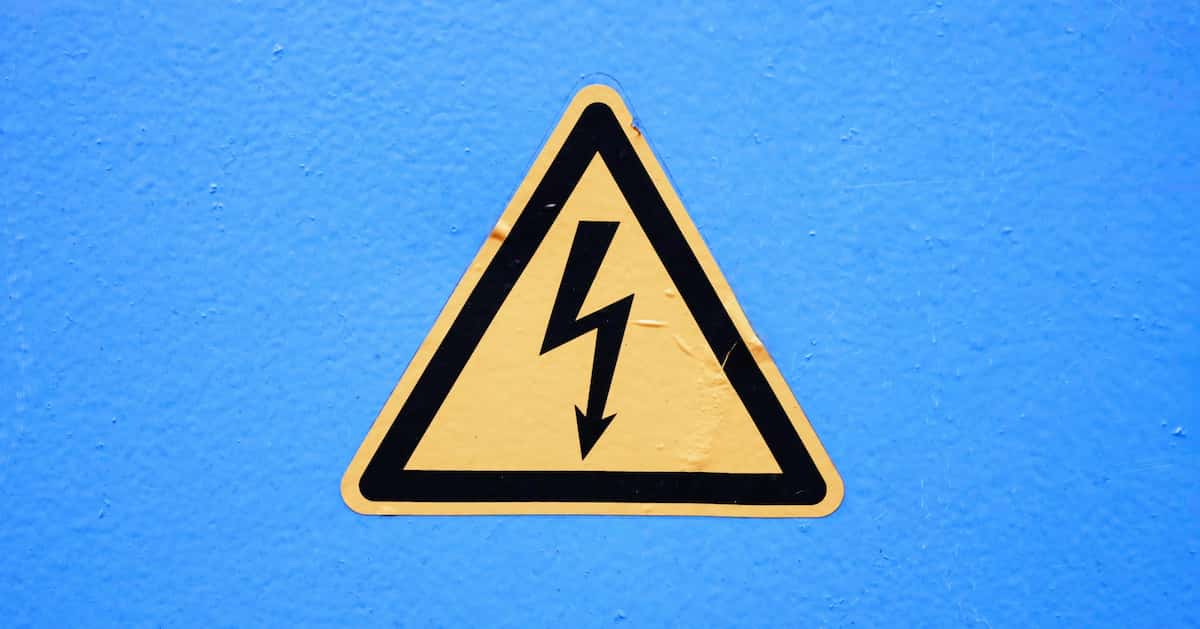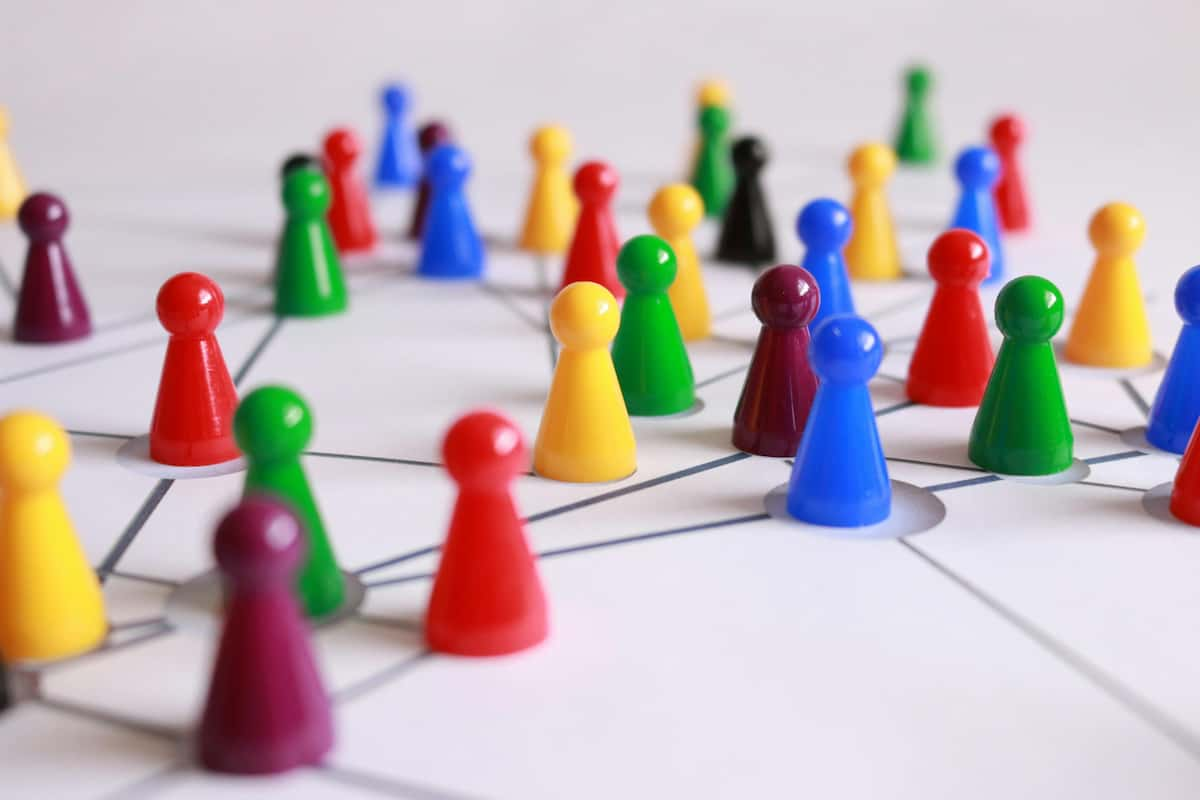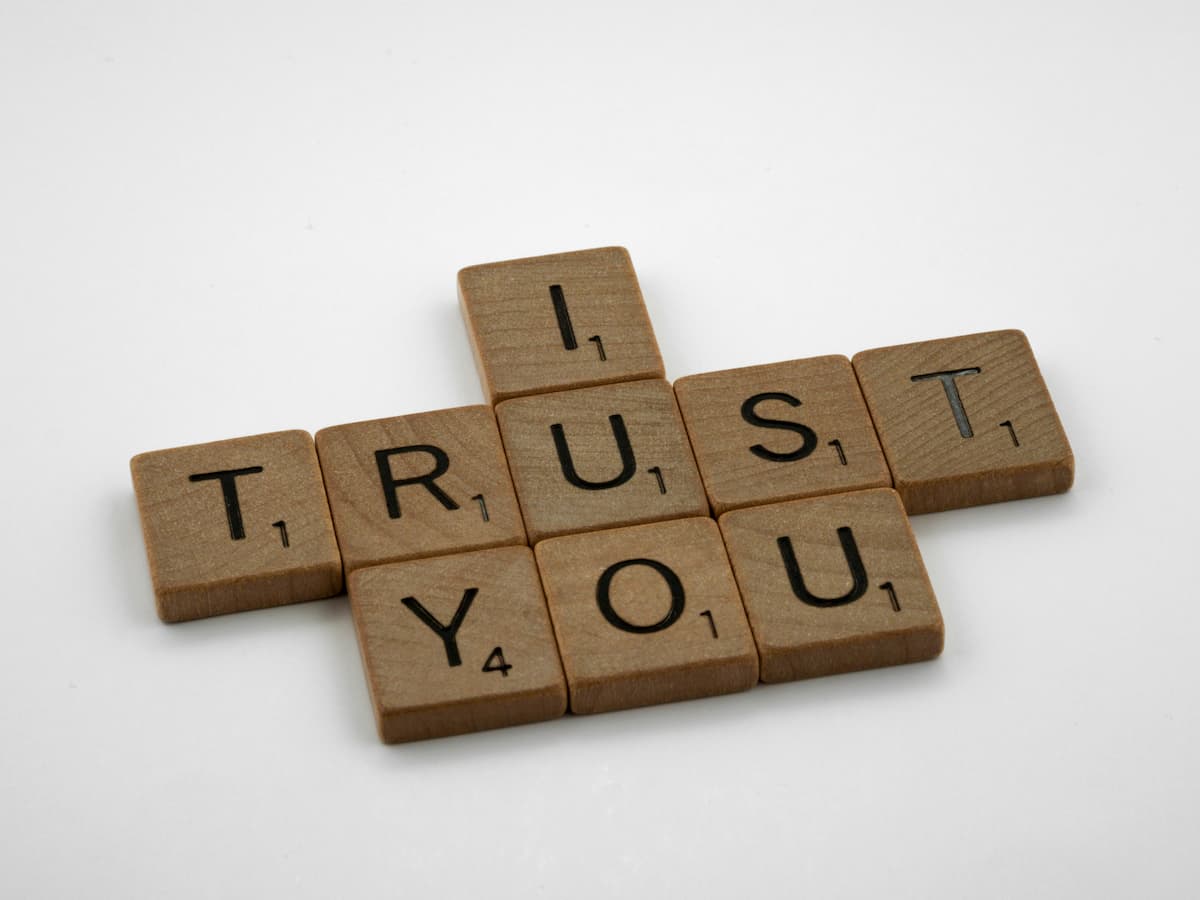Many people tell half-truths to help smooth awkward social situations — but is it necessary?
It’s OK to be honest with people, it won’t hurt their feelings as much as you think.
Most people predict that honesty will hurt other people much more than it actually does.
In fact, people enjoy having more honest conversations more than they expect.
Dr Emma Levine, the study’s first author, said:
“We’re often reluctant to have completely honest conversations with others.
We think offering critical feedback or opening up about our secrets will be uncomfortable for both us and the people with whom we are talking.”
The conclusions come from a series of experiments in which people were asked to be more honest for a period.
The authors write:
“…we randomly assigned individuals to either be (or imagine being) honest, kind, or conscious of their communication in every conversation with every person in their life for 3 days.”
The same results emerged again and again: it wasn’t as bad being honest with people as expected.
Most were surprised that increased honesty could often connect them more closely to others and did less harm than they thought.
Sometimes it was even pleasurable.
The authors write:
“Taken together, these findings suggest that individuals’ avoidance of honesty may be a mistake.
By avoiding honesty, individuals miss out on opportunities that they appreciate in the long-run, and that they would want to repeat.”
The study was published in the Journal of Experimental Psychology: General (Levine & Cohen, 2018).










